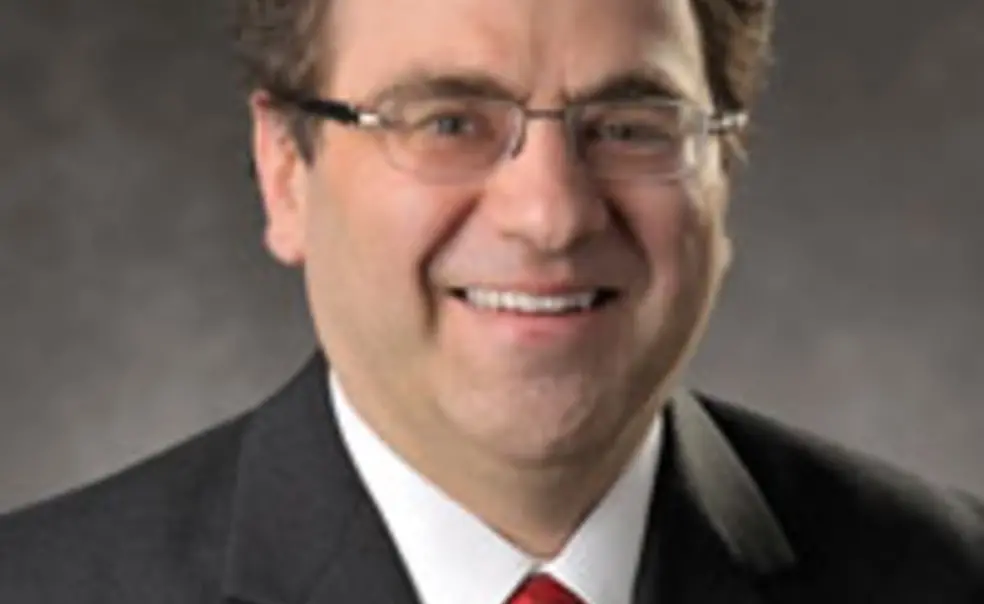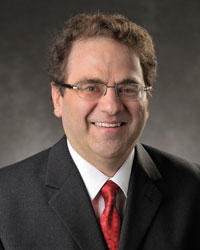Tiger of the Week: Narayana Kocherlakota '83
(Federal Reserve Bank of Minneapolis)
Kocherlakota, the president of the Federal Reserve Bank of Minneapolis, recently became one of the 12 voting members of the Federal Open Market Committee. Fed watchers have been following his words to glean opinions on policy issues, and he has taken the sort of explanatory approach one might expect from a longtime professor. For instance, in a Nov. 18 speech he took a detailed look at quantitative easing, a tool the Fed can use to lower long-term interest rates. Kocherlakota concluded that quantitative easing “is a move in the right direction” but added that “there are good reasons to suspect that the ultimate effects … are likely to be relatively modest.”
Kocherlakota earned his A.B. in mathematics at age 19 and received a Ph.D. in economics from the University of Chicago four years later. His most recent academic research has included important theoretical work on optimal taxation, and when he was appointed to his Fed post in 2009, Nobel laureate Robert Lucas told The Wall Street Journal that Kocherlakota is “probably the most abstract thinker ever to head a Federal Reserve bank,” adding that his approach could be useful at a time when many are questioning the conventional wisdom about financial markets.
Though Kocherlakota has spent most of his career in academia, he also has deep ties to the Minneapolis Fed, beginning in 1996, when he started a two-year stint as one of the bank’s research economists. From 1999 to 2009, he served as a consultant to the bank while teaching at Stanford University and the University of Minnesota, and in September 2009, he began his term as president of the Minneapolis Fed.
Do you have a nominee for Tiger of the Week? Let us know. All alumni qualify. PAW’s Tiger of the Week is selected by our staff, with help from readers like you.













No responses yet